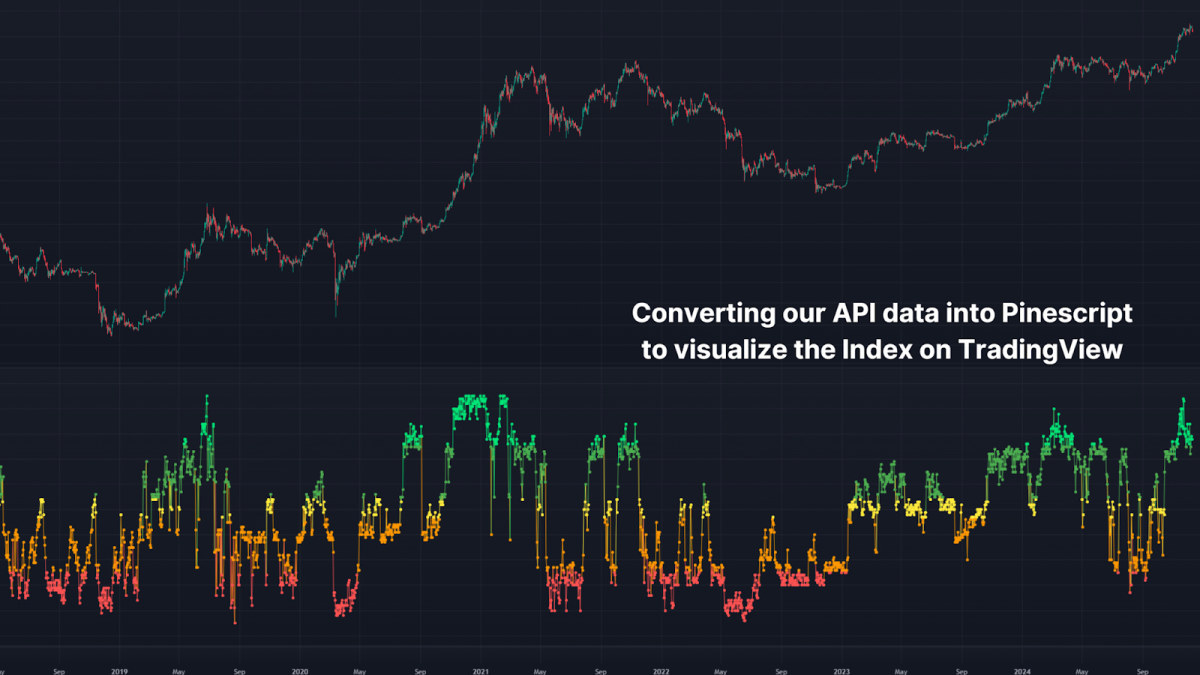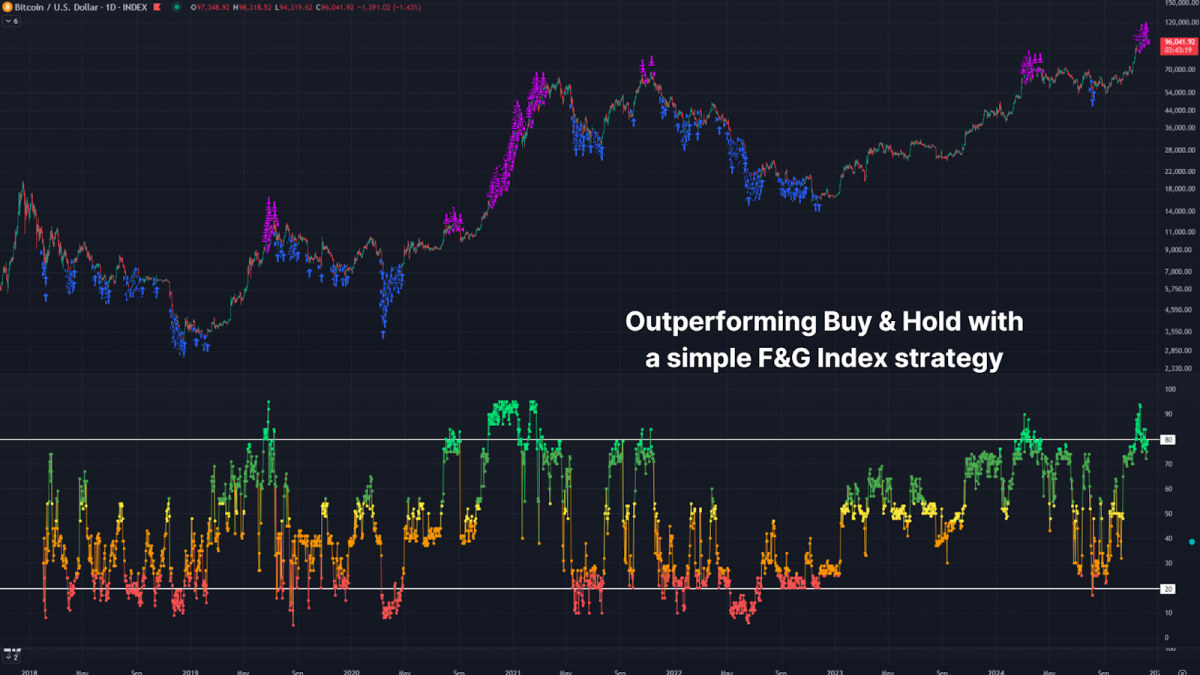The Bitcoin Fear and Greed Index is a sentiment analysis tool that captures the collective mood of Bitcoin traders and investors. On a scale of 0 to 100, the index identifies market emotions ranging from extreme fear (0) to extreme greed (100). While it is a popular resource among many analysts, it definitely raises some doubters! So, let’s take a look at the data to quantifiably demonstrate whether this index can actually help you make better investment decisions.
Investor emotion
The Fear and Greed Index aggregates various metrics to provide a snapshot of market sentiment. These metrics include:
Price Volatility: Large price swings often evoke fear, especially during recessions.
Momentum and volume: Increased purchasing activity generally signals a feeling of greed.
Social Media Sentiment: Public discourse about Bitcoin across platforms reflects collective optimism or pessimism.
Bitcoin Dominance: Greater dominance of Bitcoin over altcoins usually indicates cautious market behavior.
Google Trends: Interest in Bitcoin search terms correlates with public sentiment.
By summarizing this data, the index provides a simple visual representation: red zones indicate fear (lower values), while green zones indicate greed (higher values).

View the graph in real time 🔍
What you’ll notice immediately is that this tool really outlines how mass psychology is almost always better to act like a contrarian. Essentially, if everyone is bearish, you should probably be more bullish and vice versa.
Does acting in the opposite way work?
To evaluate whether the Fear and Greed Index is more than just a colorful graph, a test was conducted using data dating back to February 2018, when the metric was created. The strategy adopted was simple:
Allocate 1% of your capital to Bitcoin on days when the index is 20 or lower, and sell 1% of your Bitcoin holdings on days when the index reaches 80 or higher. If such a basic strategy has worked well enough, then we can certainly consider it a useful tool for investors.

The results
This strategy significantly outperformed a simple buy-and-hold approach. The Fear and Greed strategy above produced a return on investment of 1,145%, while a Buy & Hold strategy achieved an ROI of 1,046% over the same period. The difference, while not huge, shows that carefully entering and exiting Bitcoin based on market sentiment can produce better returns than simply holding the asset.

The index of fear and greed is rooted in human psychology. Markets tend to overreact in both directions. By acting against these extremes, the strategy effectively exploits the market’s irrational and emotional behavior. By rising during fear and declining during greed, the strategy mitigated risks and increased profits to outperform one of the world’s best-performing assets.
Keep in mind that this strategy has only been profitable with proper trade management, slowly scaling in and out of macrocycles, and does not take into account any fees or taxes you may be subject to. Conditions can remain irrationally scary or greedy for months at a time, and attempting to massively increase exposure or take profits based solely on this metric is unlikely to be successful in the long term.
Conclusion
Despite its simplicity, the Fear and Greed Index has proven its value when used thoughtfully. It is in line with the principle of “buy when others are afraid, sell when others are greedy,” which has guided many successful investors.
The Fear and Greed Index should be used alongside other tools such as on-chain data and macroeconomic indicators for confluence, however the data shows that this is definitely a metric worth considering in your analysis.
For a more in-depth look at this topic, check out a recent YouTube video here: Does the Bitcoin Fear & Greed Index REALLY work?
Explore real-time data, charts, indicators and in-depth research to stay ahead of Bitcoin price action at Bitcoin Magazine Pro.
Disclaimer: This article is for informational purposes only and should not be considered financial advice. Always do your research before making any investment decisions.
